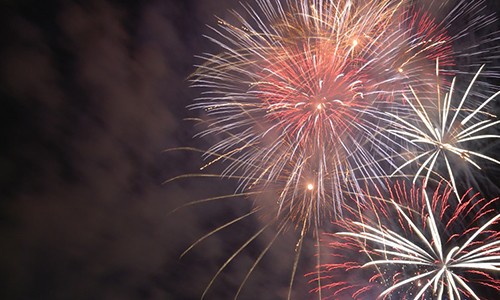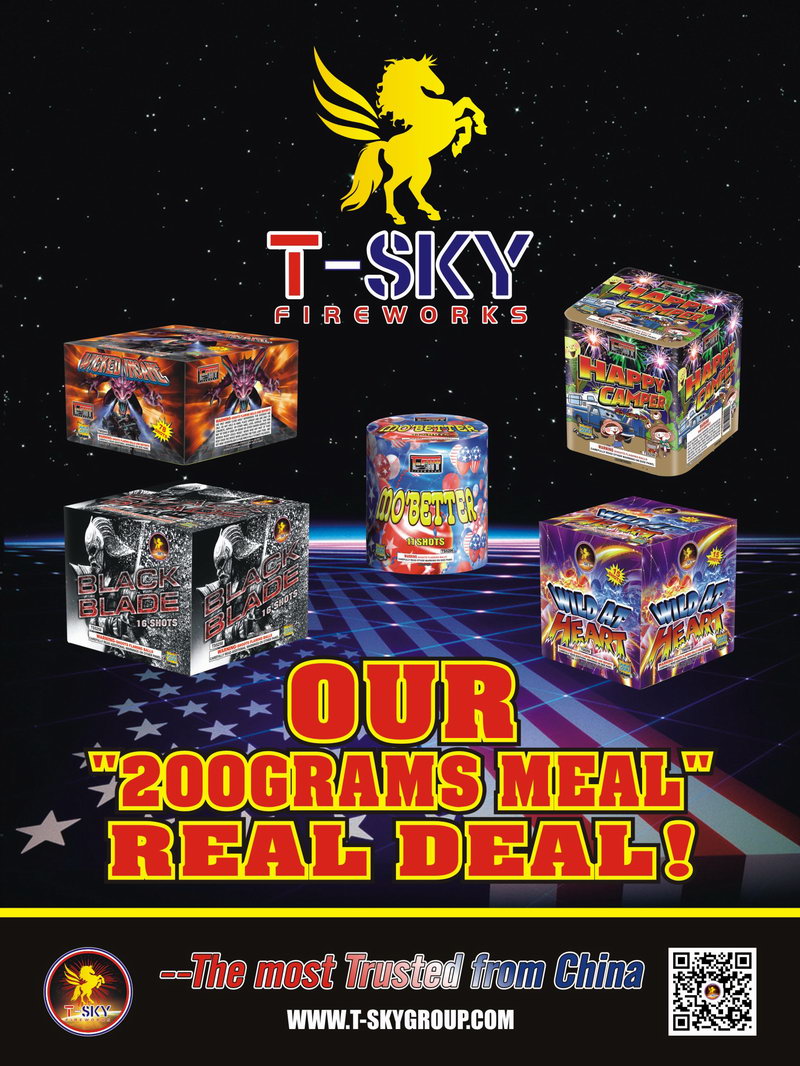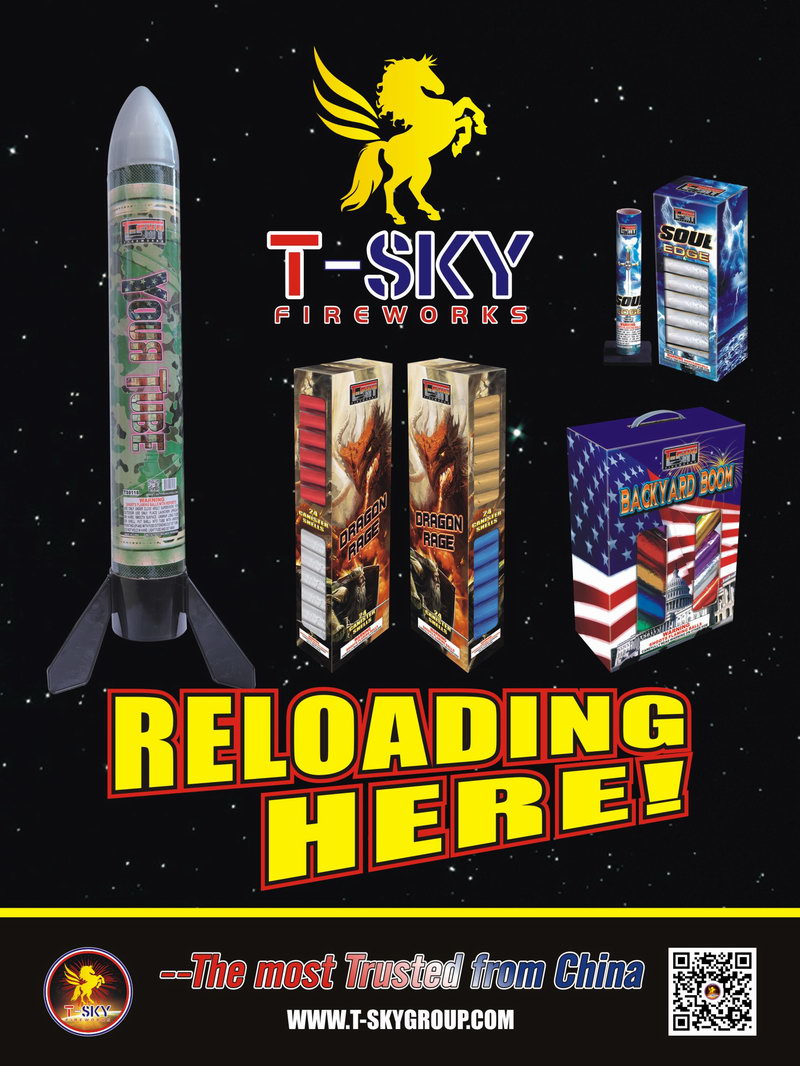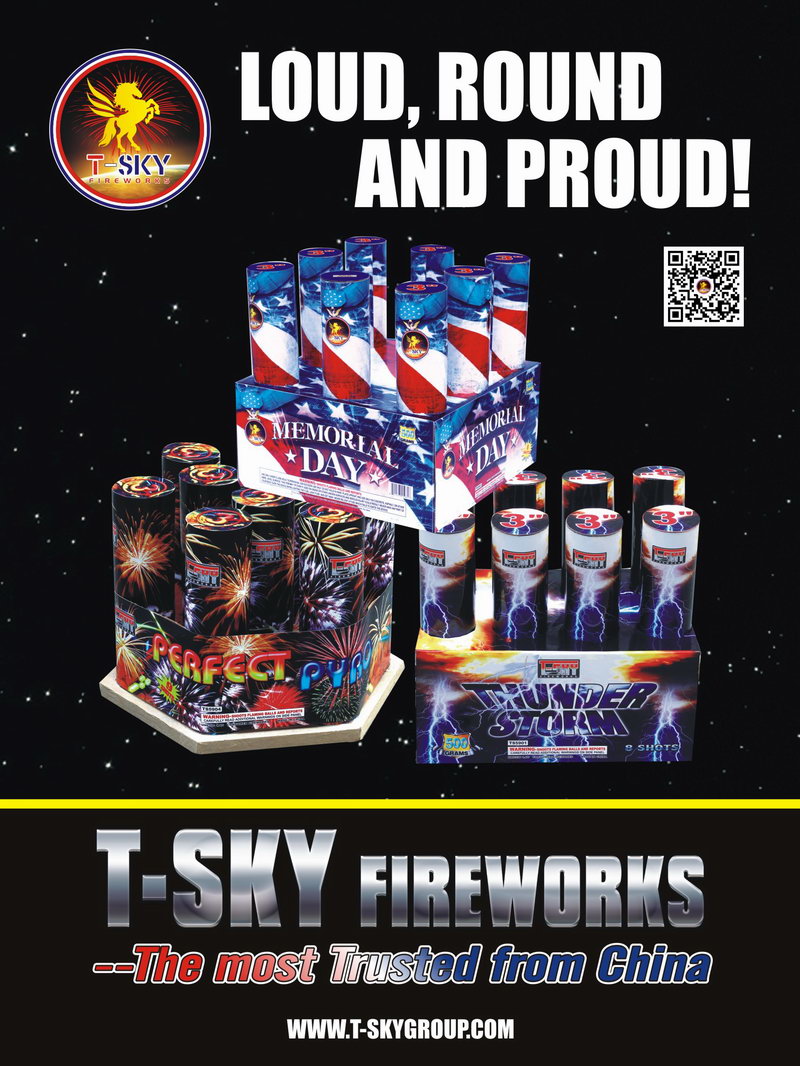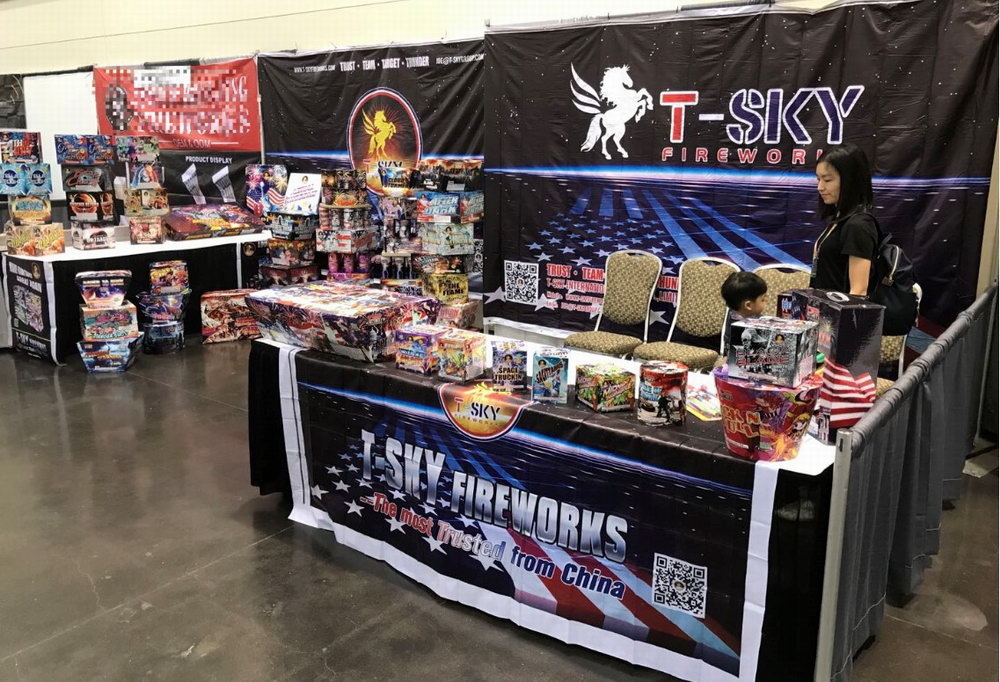Firework Displays
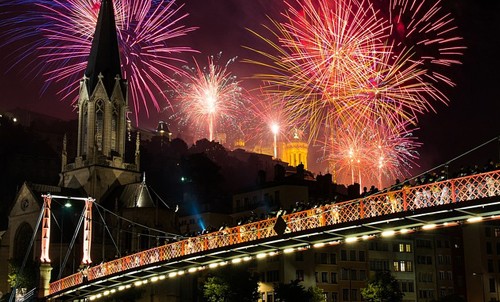
If you have ever been to an aerial fireworks show at an amusement park, baseball game, Fourth of July celebration or on New Year’s Eve, then you know that fireworks have a special and beautiful magic all their own — a good show is absolutely amazing.
Have you ever wondered how this magic works? What is launched into the sky to make these beautiful displays? In this article, you will learn all about firecrackers, sparklers and aerial fireworks.
Just about everyone in the United States has some personal experience with fireworks, either from Fourth of July or New Years Eve celebrations. For example, you have probably seen both sparklers and firecrackers. It turns out that if you understand these two pyrotechnic devices, then you are well on your way to understanding aerial fireworks. The sparkler demonstrates how to get bright, sparkling light from a firework, and the firecracker shows how to create an explosion.
Firecrackers have been around for hundreds of years. They consist of either black powder (also known as gunpowder) or flash powder in a tight paper tube with a fuse to light the powder. Black powder, discussed briefly in How Rocket Engines Work, contains charcoal, sulfur and potassium nitrate. A composition used in a firecracker might have aluminum instead of or in addition to charcoal in order to brighten the explosion.
Traditional, Electronically Fired Displays
For those who are still budget conscious but prefer a more organized feel, a “Traditional, E-Fired” show may be the route to go. This allows operators and technicians to prepare each firework device with its own electronic match and be able to control it with split second timing. These types of shows are slightly more labor intensive on the preparation side of things, but it removes personnel from the display site while the show is firing. It also allows the operator to have much better control over what is happening both in the sky and on the ground. The show designer can create sequences, paint scenes using certain effects and colors, plus control pacing and show length with greater ease. Each year more and more companies, as well as clients, are choosing this option; primarily due to the many benefits it provides at a minimal cost increase.
Pyromusicals: Create an experience, not just a firework display
Soundtracked Displays
While there is no true definition of a pyromusical, there are 2 main schools of thought with them. The first is what we like to refer to as a “Soundtracked” show. This display will be fired in conjunction with a soundtrack; either pre-recorded or with a live band. It will be electronically fired using E-Matches, and the pacing of the fireworks will generally lend itself to the pacing of the music. This multi-dimensional approach to the firework display offers many benefits. Primarily, it allows the sponsor and show designer to work together on creating a theme for the show. This also helps set the display apart, and make sure it’s not “just another fireworks show”.
These shows tend to use other pyrotechnic devices such as strobes, flame pots, comets, and mines (among others devices) to compliment the aerial shells and cakes. There is more work on the design end of the production, as well as extra labor in the field; so a price increase above a traditional show should be expected. It may not be as much as you would think though.

